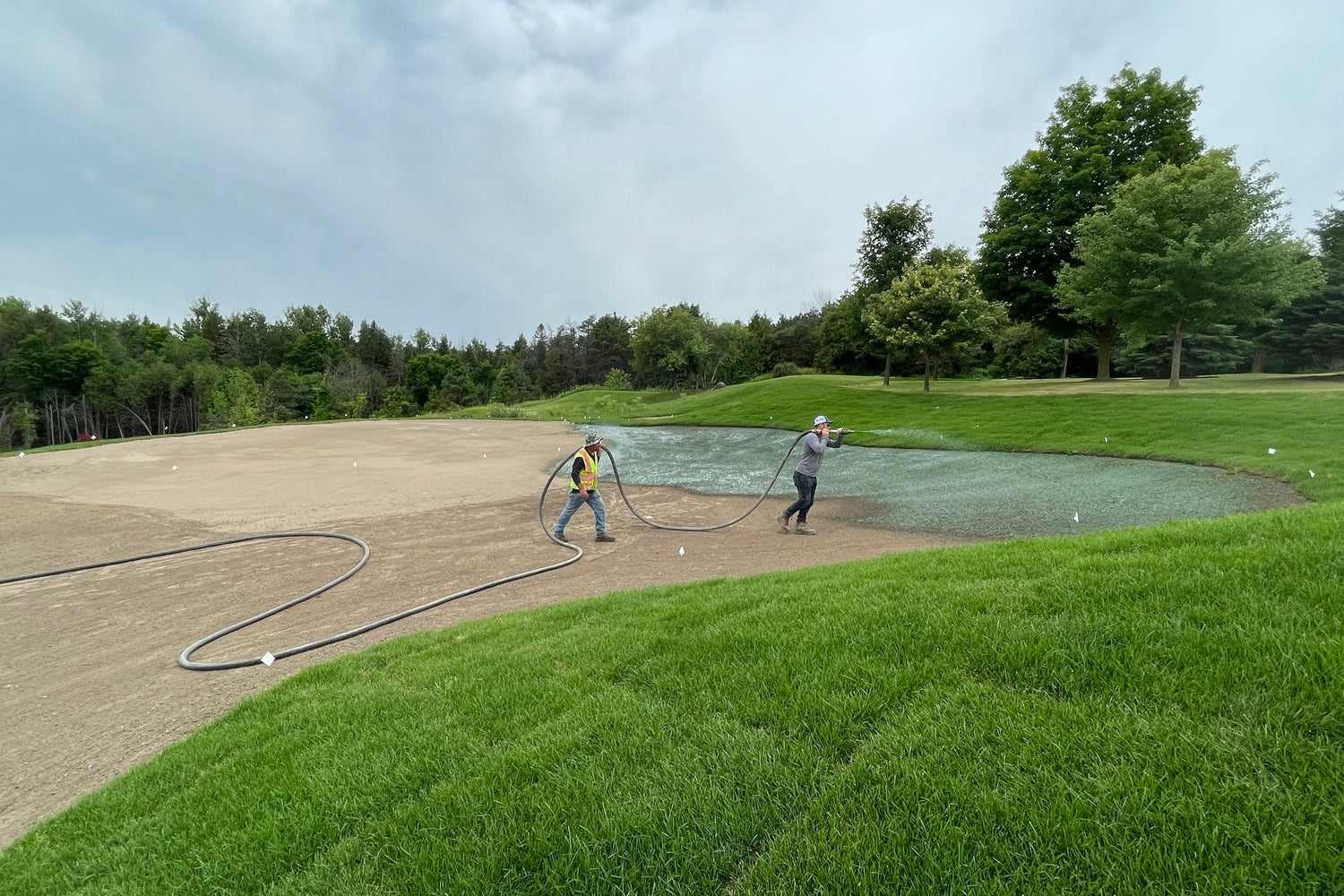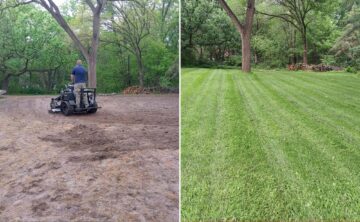Hydroseed: The Revolutionary Solution for Lush Green Lawns
In the quest for the perfect lawn, homeowners and landscapers alike have sought various methods to achieve a verdant, healthy expanse of grass. Among the myriad techniques available, hydroseeding has emerged as a revolutionary solution that combines efficiency and effectiveness. This innovative approach not only facilitates faster lawn establishment but also embodies environmentally conscious practices that distinguish it from traditional seeding methods.
Understanding Hydroseeding
Hydroseeding, also known as hydraulic mulch seeding, is a modern technique that entails blending grass seeds with a nutrient-rich slurry of water, mulch, and other additives. This mixture is then sprayed onto the soil using specialized equipment, allowing for a more even distribution of seeds compared to traditional dry seeding methods. The slurry includes factors like fertilizers, tackifiers, and soil amendments that help retain moisture, promote seed germination, and protect the seeds from environmental elements such as wind and rain.

Advantages of Hydroseeding
One of the extraordinary benefits of hydroseeding is its ability to germinate seeds quickly. The moisture-retaining properties of the mulch protect the seeds during the critical germination period. This is particularly advantageous in conditions where the soil may be prone to erosion or when weather patterns remain unpredictable. Homeowners can expect to see visible results in as little as 7 to 14 days, as opposed to the longer germination time required for traditional seeding methods.
Another significant advantage is the cost-effectiveness of hydroseeding compared to sod installation. While sod provides instant greenery, it comes with a higher price tag and necessitates more intensive maintenance in the initial growth stages. Hydroseeding, in contrast, allows for a broader area to be covered at a fraction of the cost. It is especially useful for large properties, commercial projects, and rehabilitation of eroded landscapes.
Environmental Benefits
In today’s world, sustainability is a primary concern for many homeowners. Hydroseed provides an environmentally friendly alternative to conventional seeding methods. The use of organic or biodegradable materials in the slurry not only enhances soil health but also promotes the growth of native plant species. By utilizing locally sourced seeds, hydroseeding can help to restore native ecosystems, reduce the use of chemical fertilizers, and limit water runoff.
Furthermore, the application of mulch in hydroseeding serves as a soil protector, contributing to the conservation of moisture and improvement of soil structure. With the increasing threats posed by climate change, methods that conserve water and foster healthy soil are crucial for long-term sustainability.
Applications of Hydroseeding
The versatility of hydroseeding has led to its widespread application in various contexts. It is commonly used in residential lawns, commercial developments, and public parks to establish new grass areas quickly. Hydroseeding is particularly effective in challenging terrains where other methods may fail. For instance, sloped or embankment areas prone to erosion benefit immensely from this technique, as the mulch provides vital stabilization for the seeds.
Moreover, hydroseeding is not limited to grass alone; it can also be effective for establishing wildflowers, cover crops, and even erosion control mixtures. This adaptability makes it a preferred option for landscape architects and environmental engineers tasked with beautifying spaces while ensuring the longevity of greenery in ecological projects.

Maintenance and Care
Post-hydroseeding, appropriate care is crucial for the success of the lawn. Regular watering, especially in the initial weeks, is essential to maintain the moisture levels necessary for seed germination. The hydroseed slurry will retain water, but periodic irrigation helps to ensure that the soil remains adequately moist. As the grass begins to establish, the watering schedule can gradually be adjusted to promote deeper root growth.
In addition to watering, monitoring the health of the lawn is vital. While hydroseeded lawns tend to be more resilient, they still require periodic maintenance, including mowing and fertilization, once established. Utilizing natural fertilizers can enhance the growth process while maintaining the eco-friendly ethos of hydroseeding.
Conclusion
In summary, hydroseeding stands as a revolutionary solution for achieving lush green lawns in an efficient, cost-effective, and environmentally friendly manner. With its ability to establish grass quickly, conserve resources, and adapt to various landscapes, hydroseeding is a superior choice for homeowners and landscapers alike. As awareness about sustainable practices continues to grow, hydroseeding’s role in creating beautiful, healthy environments will undoubtedly expand, making it a staple method in landscaping and lawn care. Whether you’re looking to rejuvenate an existing lawn or establish a new one from scratch, hydroseeding offers a compelling pathway to achieving garden perfection.








